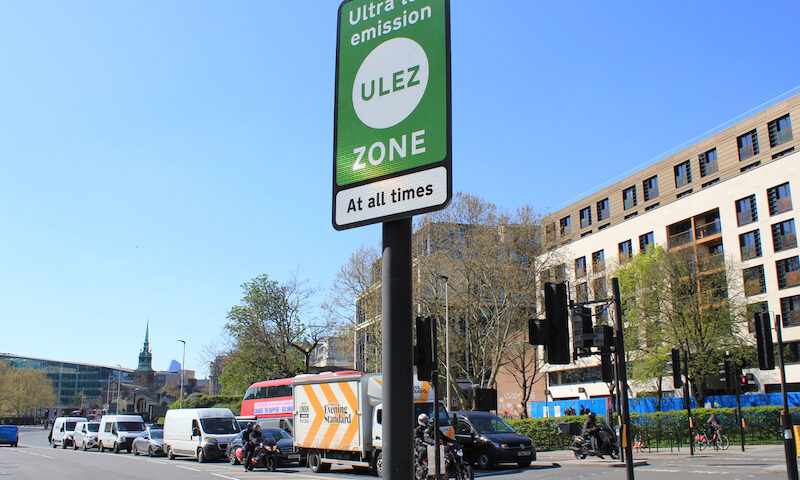7 new driving changes for 2023

2023 has ushered in new driving changes. Here’s what you need to know to keep a clean licence and your eye on your motoring money.
1. Transport for London (TfL) Scrappage Scheme
As of 20 January, drivers receiving certain disability and means-tested benefits, can apply for the car and motorcycle scrappage scheme. The £110m initiative helps eligible Londoners with grant opportunities and Annual Bus & Tram passes too.
Charities and small businesses with ten or fewer employees can now also benefit from separate van and minibus scrappage schemes.
2. ULEZ and Clean Air Zones
By now, you’ll be familiar with London’s Ultra Low Emission Zone, or ULEZ. Plans to extend the zone to all 33 boroughs are set to go ahead from 29 August.
To improve air quality and reduce pollution in these areas, those whose cars do not comply with the minimum emission standards will be charged £12.50 per day.
3. Fuel duty rates
UK fuel duty rates dropped by 5p for one year to mitigate the effect of the cost of living crisis. However, as of 23 March, this scheme will stop.
Brits can also expect the duty to increase by 12p per litre, according to the Office for Budget Responsibility.
4. 20mph speed limits cap
From 17 September, Wales plans to cut speed limits from 30mph to 20mph on most of its restricted roads.
These roads are shared by both pedestrians and cyclists, so the intention is to increase their safety in residential areas.
Wales will be one of the first counties in the world to implement this cap.
5. Pavement parking ban
Scotland was the first country in the UK to ban pavement parking. The Transport (Scotland) Bill, implemented in 2019, is designed to help protect pedestrians and open up pathways for better accessibility.
The nationwide ban is expected to come into full effect by the end of 2023.
6. Benefits in Kind (BiK) tax rates
A company car tax is referred to as a Benefits in Kind contribution.
The car is handed to an employee for free or at a reduced cost with their salary, and the model will depend on how much tax has to be paid.
These costs are split into bands and have been rising steadily in recent years. For example, if you drive a petrol car emitting 100g/km of CO2, you have to pay 25% BiK. In 2013, however, you would have paid just 13% BiK.
The Government states there will be no rate increase for electric vehicles until April 2025 in a bid to see more on the road.
7. Heavy Goods Vehicle (HGV) levy
Owners of vehicles weighing over 12 tonnes haven’t had to pay the heavy goods vehicle levy since August 2020, when it was suspended due to the pandemic.
HGV owners can expect the levy to return from August 2023.
Are you abiding by the rules of the road? If you passed your driving test in 2014, remember that you’ll need to renew your licence soon. Read more about the DVLA warning.


